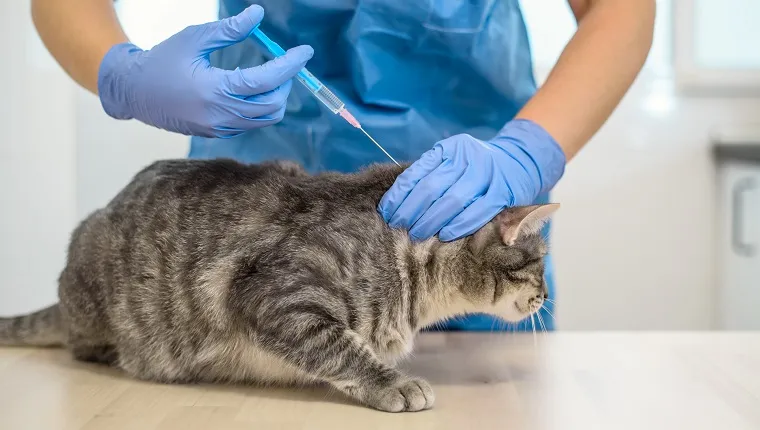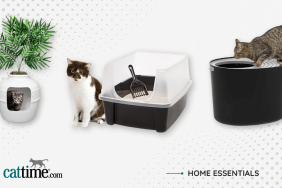Diabetes with ketoacidosis in cats is a medical condition that involves a cat who suffers from diabetes also having higher-than-normal levels of acid present in their blood. It is an emergency situation, and immediate medical help should be sought.
In general, both older cats and female cats have the highest risk of developing this condition.
If you see signs that your cat might be developing diabetes or complications from diabetes, then you must consult your veterinarian immediately. Here’s what you should know about the symptoms, causes, and treatments of ketoacidosis in cats.
Symptoms Of Diabetes With Ketoacidosis In Cats
Diabetes with ketoacidosis in cats can cause a wide range of symptoms. Some of the most common symptoms include:
- Acting lethargic and seeming weaker than usual
- Vomiting
- Losing weight
- Skin and gums seeming to turn a yellow color
- Dehydration
- Urinating more than usual
- Drinking more water than usual
Causes Of Diabetes With Ketoacidosis In Cats

The cause of diabetes with ketoacidosis in cats is usually due to an insulin dependency. However, a number of underlying factors can also play a part, including:
- Going through a surgery
- Skin infections
- Stress
- Urinary tract infections
In general, female cats seem more at risk of developing the condition than male cats. Additionally, it to affect cats of an older age rather than younger kitties.
Veterinary Treatments
If you worry that your cat might be developing diabetes with ketoacidosis, then your veterinarian will want to conduct a full physical examination. They’ll also carry out comprehensive blood tests. In many cases, vets might discover higher-than-normal levels of white blood cells and glucose.
When it comes to treatment, cats often require a period of stay in the hospital. This is so that the vet can restore proper levels of hydration and electrolytes. The vet may also order insulin therapy while monitoring a cat’s potassium and glucose levels.
While cats recover at home, they’ll likely need regular insulin shots. As ever, if your vet prescribes your cat any medicine, it is vital that you stick to the precise dosage and frequency instructions along with completing the entire course of medication.
Has your cat ever developed diabetes with ketoacidosis? What emergency steps did your vet take to help your kitty? Tell us all about it in the comments below.









